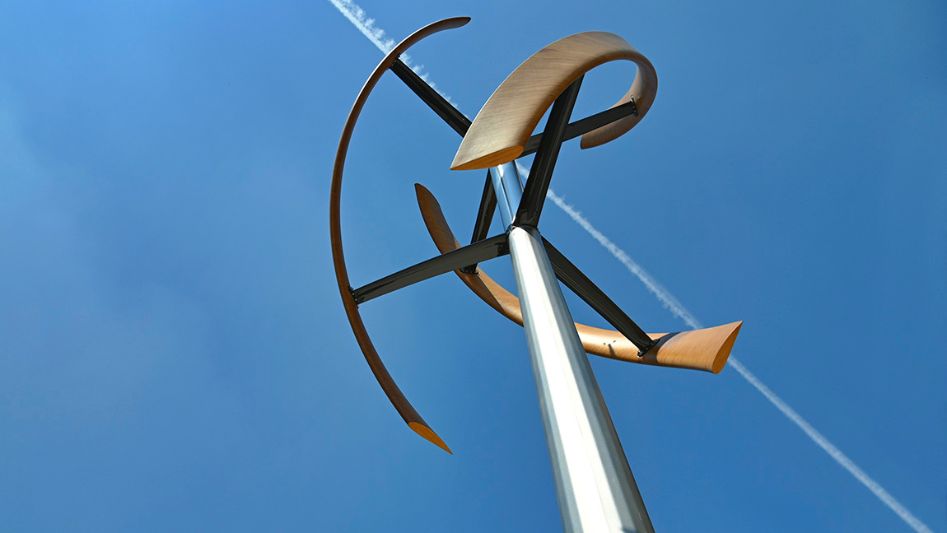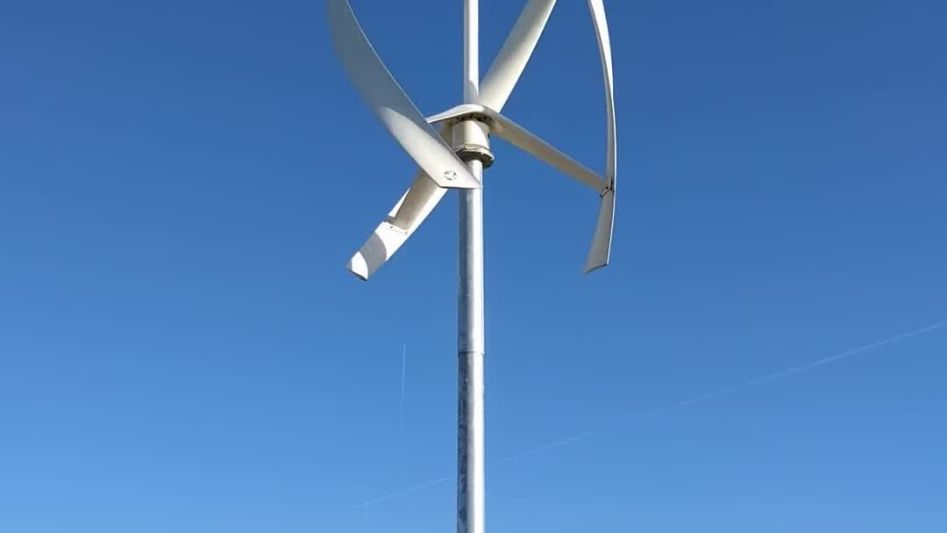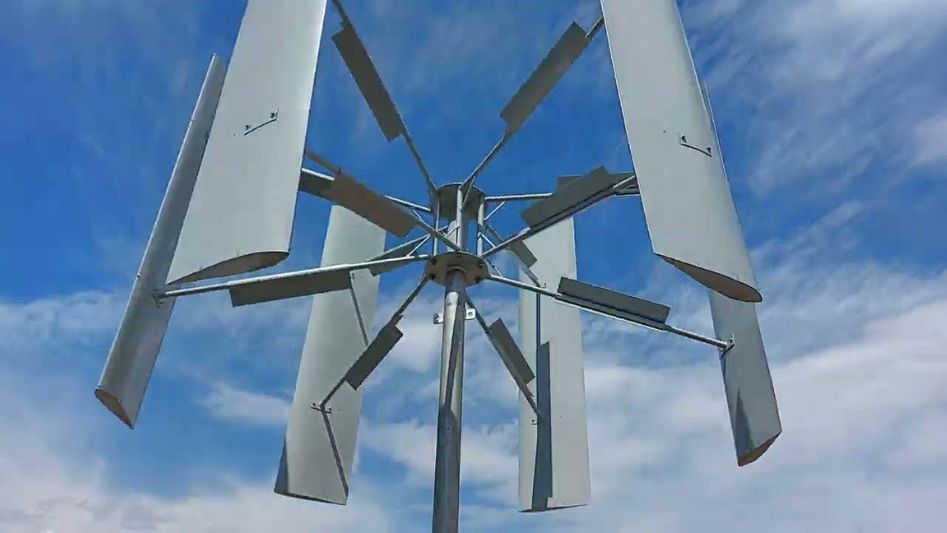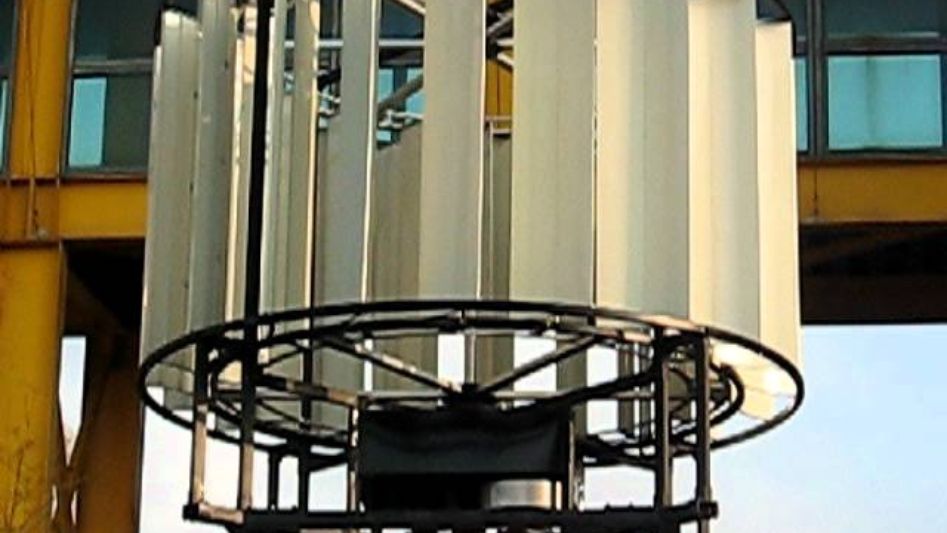Wind energy has emerged as a critical player in the global transition towards renewable and sustainable energy sources. While traditional horizontal axis wind turbines (HAWTs) have dominated the landscape, there is another innovative player in the wind energy sector: Vertical Axis Wind Turbines (VAWTs). In this article, we will delve into the world of VAWTs, exploring their design, advantages, and their potential to revolutionize the way we harness wind power.
Table Of Content
We invite you to read: “Are Vertical Axis Wind Turbines Really The Future?”

Understanding the Basics of VAWTs
Vertical Axis Wind Turbines, as the name suggests, have their rotor shaft oriented vertically, standing perpendicular to the ground. This design is in stark contrast to the more common Horizontal Axis Wind Turbines, which have their rotor shaft aligned horizontally, like the blades of a traditional fan. VAWTs come in various configurations, but the most common types are the Darrieus, Savonius, and Giromill designs.
Darrieus VAWTs
Darrieus VAWTs are perhaps the most recognizable type due to their elegant, curved blades. These turbines resemble giant egg beaters, with two or more curved blades attached to a central vertical shaft. As the wind blows, these blades rotate around the shaft, harnessing the kinetic energy of the wind to generate electricity.
Savonius VAWTs
Savonius VAWTs, on the other hand, have a simpler, more rugged design. They consist of two half-cylinders or scoops mounted on a vertical axis. The asymmetrical shape of the scoops causes them to rotate when exposed to wind, converting the wind’s energy into mechanical rotation.
Giromill VAWTs
Giromill VAWTs combine the features of both Darrieus and Savonius designs. They typically consist of three vertical blades arranged in a helical or spiral pattern. This arrangement allows them to capture wind energy efficiently from multiple angles.
Advantages of Vertical Axis Wind Turbines
VAWTs offer several advantages over their horizontal counterparts:
1. Omnifarious Wind Capture
One of the primary benefits of VAWTs is their ability to capture wind from any direction. Unlike HAWTs that need to constantly reposition themselves to face the wind, VAWTs are omnidirectional, making them highly efficient in turbulent and changing wind conditions.
2. Compact Footprint
VAWTs typically have a more compact footprint, making them suitable for urban and crowded environments where space is limited. This advantage opens up new possibilities for decentralized energy generation.
We invite you to read: “The Long Road to Vertical Axis Wind Turbines (VAWT)”

3. Lower Maintenance
The design of VAWTs often results in fewer moving parts, leading to reduced maintenance requirements. With fewer components prone to wear and tear, VAWTs can operate for more extended periods without the need for frequent servicing.
4. Quiet Operation
VAWTs are known for their quieter operation compared to the noise produced by HAWTs. This characteristic makes them more suitable for residential areas and locations where noise pollution is a concern.
Challenges and Considerations
While VAWTs offer numerous advantages, they are not without their challenges:
1. Lower Efficiency
VAWTs generally have a lower energy conversion efficiency compared to HAWTs. This is primarily because VAWTs experience lower wind speeds near the ground, where friction and turbulence reduce the available wind energy.
2. Scaling Issues
Scaling up VAWTs can be challenging, as larger VAWTs may experience increased structural stress and stability issues. This limitation can make it harder for VAWTs to compete with the larger HAWTs often used in utility-scale wind farms.
3. Limited Track Record
VAWTs have not been deployed as extensively as HAWTs, leading to a limited track record in terms of reliability and long-term performance. Investors and energy companies may be more cautious when considering VAWTs for large-scale projects.
The Future of VAWTs
Vertical Axis Wind Turbines hold immense promise for the future of wind energy. Their unique design characteristics make them suitable for a wide range of applications, from small-scale residential use to urban environments and remote off-grid locations. As research and development continue to address efficiency and scalability challenges, we can expect to see an increased adoption of VAWTs in our quest for cleaner and more sustainable energy sources.
We invite you to read: “Small but Mighty: How Vertical Axis Wind Turbines are Making a Big Impact in Cities”

Conclusion
The power of rotation embodied by Vertical Axis Wind Turbines represents a compelling alternative in the world of wind energy. With their ability to capture wind from any direction, compact footprint, and lower maintenance requirements, VAWTs offer a new perspective on harnessing the Earth’s natural resources. While there are challenges to overcome, the future looks promising for VAWTs as they contribute to a more sustainable and greener world.
FAQs
How do VAWTs differ from HAWTs?
VAWTs have a vertical rotor shaft, while HAWTs have a horizontal shaft. VAWTs are omnidirectional and have a more compact footprint.
What are the advantages of VAWTs?
VAWTs are known for omnifarious wind capture, a smaller footprint, lower maintenance, and quieter operation.
What are the challenges of VAWTs?
VAWTs may have lower efficiency, scaling issues, and a limited track record compared to HAWTs.
Are VAWTs a part of the future of wind energy?
Yes, VAWTs hold promise for various applications and are continuously being developed to overcome challenges.
You May Also Like
- Vertical Axis Wind Turbines: A Green Revolution on the Horizon
- Quiet and Efficient: The Advantages of Vertical Axis Wind Turbines
- Vertical Axis Wind Turbines: An Alternative to Traditional Wind Turbines?
- The Pros and Cons of Vertical Axis Wind Turbines
- The Benefits of Implementing Vertical Axis Wind Turbines Offshore
External Links
- Vertical Axis Wind Turbine
- Vertical-axis wind turbines. Design technique
- WHAT IS VERTICAL AXIS WIND TURBINE (VAWT) AND HOW DOES IT WORK?
- Wind turbines can rotate about either a horizontal or a vertical axis, the former being both older and more common
- How much power can be gotten from one revolution of a wind turbine blade?

